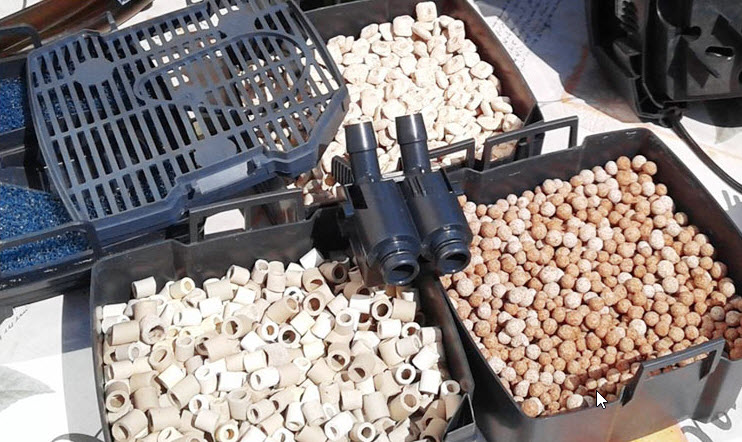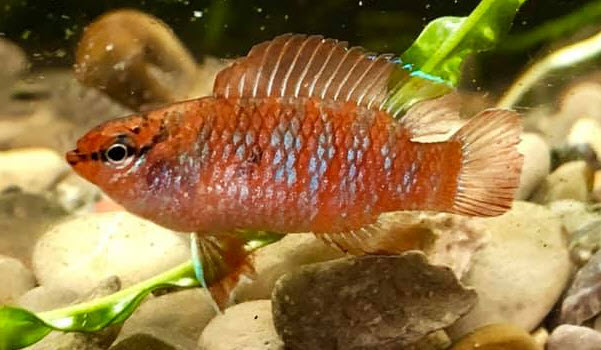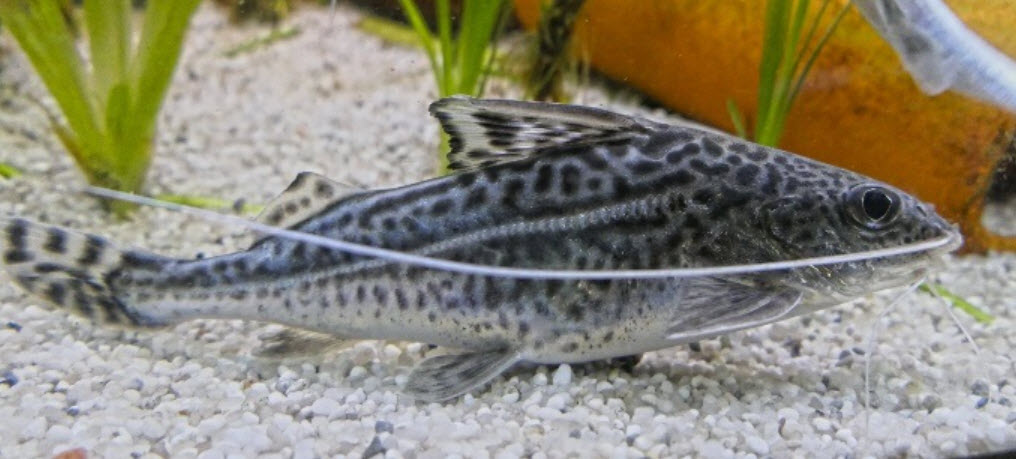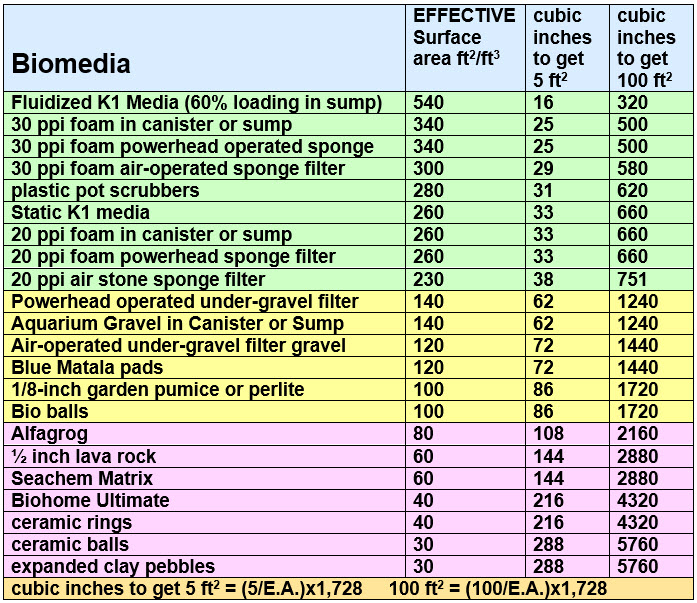
Biofiltration media are the material put into the filters to act as surfaces for the growth of beneficial bacteria. When discussing biofiltration media the important guideline to remember is:
.
One Pound of Fish Needs 100 Square Feet of Biomedia Surface Area to have Crystal Clear Healthy Water
.
All biomedia need to be judged with that guideline in mind. Note that this amount of surface area results in excellent oxidation of ammonia, good water clarity and good fish health. However, if one is only concerned with ammonia, as little as five square feet of biomedia surface can be used to produce safe levels of ammonia for tropical fish in a typical canister filter.
Note also that there are many things which affect the 100 square foot number. Amount of food, protein level of the food, tank maturity, cleaning schedule, aeration, and pH all affect this number. So twenty square feet might be good in one situation where two hundred square feet might be bad in another situation.

Effective Specific Surface Area
An important concept here is “effective specific surface area”. This is how much area is available for long term beneficial bacteria growth for a given volume. The “effective specific surface area” is not the actual surface area. The surface must be amendable to long term bacterial growth to be considered in calculations. The area unit is square feet and the volume is cubic feet, or ft2/ft3. (some use meters per cubic meter or m2/m3).
To understand the results of the calculations below a reference is useful:
“Biological filters are designed to provide a very high surface area of media for colonization by populations of both species of nitrifying bacteria. Commercial recirculating aquaculture systems will generally utilize some type of non-toxic and inert plastic biological filter medium selected primarily to provide a high amount of surface area (m2) per unit volume (m3). Plastic media has the additional advantage of being easy to remove for cleaning during filter maintenance. Generally, the surface area available per cubic meter of media will range between 100 –1000m2/m3 (30 -300 ft2/ft3). Medium selection should also consider the void space within and between medium elements to accommodate the specified rate of water flow, be as self-cleaning as possible and allow efficient gas transfer (oxygen and carbon dioxide) within the biological filter.”
“Minimum Standards for Recirculating Aquaculture Systems” Hutchinson, et. al. Southern Australia Aquaculture Center, 2004

This reference says various media have 30 to 300 ft2/ft3 of effective surface area. This is very close to what is calculated here-in for media, namely 20 to 400 ft2/ft3. This is a very important number for any aquarium hobbyist. When selecting the biomedia for a filter this number should be maximized whenever possible.
There are many materials which can be used as a biomedia to oxidize ammonia in the aquarium

For more information and a complete review of filter media click on this link:
7.1. Complete Review of Filter Media
Because of reticulation and free volume considerations the surface area calculations are not very dependable. Extrapolating from the testing and giving aquarium gravel the most dependable surface area calculation, gives the following “effective surface area” by media. This is the surface area which should be used for calculating the required volume of filter media for a given weight of fish.

We need to emphasis that this analysis is extremely simplistic. There are a lot of variables that affect how well any biofiltration media performs. Some of those variables are surface area, free volume, opening size, stocking, amount of food, food protein levels, aeration and flow rate through the media.
1, Surface area: when it comes to judging aquarium filter media this is the most important variable. The higher the surface area (which also means the greater the volume) the better the media will perform.
2, Free volume: the greater the free volume the more space is available for brown gunk to form and do biofiltration

3, Opening size: the larger the opening in the media the longer the media can go without clogging up. Conversely, the larger the opening the lower the surface area. So this is a somewhat two edged sword that seems to be very roughly maximized at about one tenth to one eighth of an inch (2.5 to 3 millimeters).
4, Stocking: the heavier the stocking the faster the media will clog up. What is often missed is that beneficial nitrifying bacteria can be out competed for space by non-beneficial bacteria. The heavier the stocking the more this will occur. This will reduce the media efficiency even when unclogged.
5, Amount of food: this is like the stocking variable. If a given stocking of fish is fed at a three percent of body weight per day level the media will be much less effective and clog up faster than if the feeding is at the one percent level.
6, Food protein levels: this interesting variable says that a 50% protein level food will give two and a half times the efficiency and the time to clog than will a 30% protein food. This desirability of high protein food has to do with biomass buildup rate and the carbon to nitrogen ratio of the food. Biomass will buildup much faster and have less exposed beneficial bacteria with a low protein food.

7, Aeration: the better the aeration the better the media will perform. The aeration in an aquarium provides both oxygen and carbon dioxide to the beneficial bacteria. Good aeration aids both in the breakdown of ammonia and in the breakdown of dissolved organic compounds and lessens the clogging.
8, Flow: flow is less important than many give it credit for. But it is still is a factor. A test we did showed doubling the flow rate added about 9% to the ammonia oxidation in a canister.
.
Return to Filter Media Index Page
.
Aquarium Science Website
The chapters shown below or on the right side in maroon lead to close to 400 articles on all aspects of keeping a freshwater aquarium. These articles have NO links to profit making sites and are thus unbiased in their recommendations, unlike all the for-profit sites you will find with Google. Bookmark and browse!
.

Leave a Reply